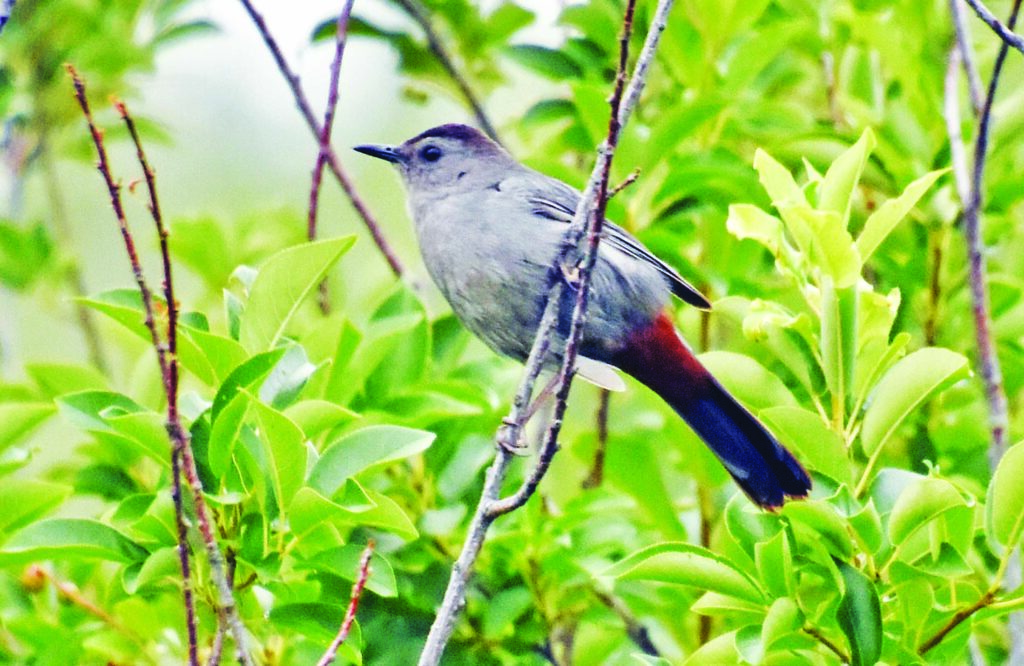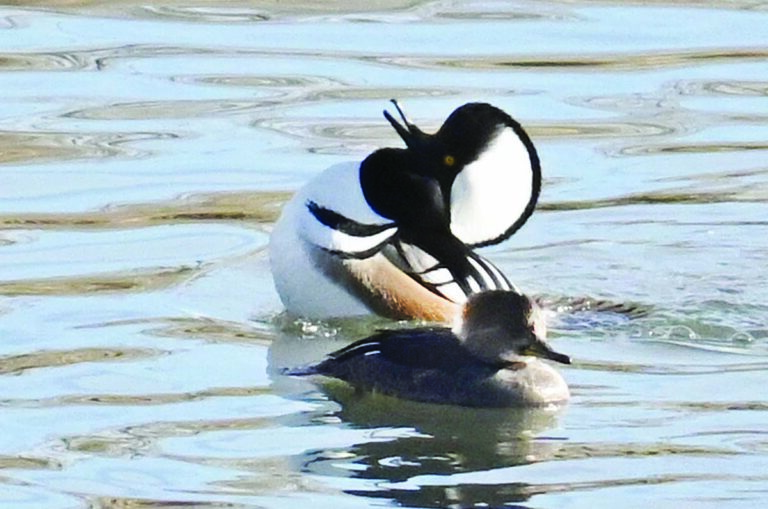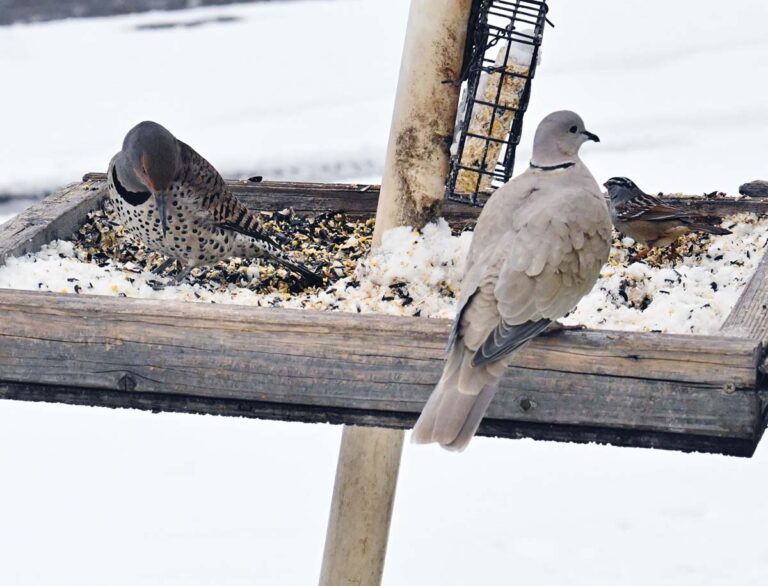Welcome to almost Spring. If you’re a bird lover, March, April and May are the Holy Grail of bird watching.
So many birds will be returning to Colorado to find mates and nesting sites, or as a stopover before moving on further north. Many of these birds bring beautiful songs as only nature can create. Being a self taught naturalist, I find an almost childlike excitement in all the music these little feathered friends bring with them.
Today I’m writing about one particular song bird that is fairly common within our area. What fascinates me about this bird is that it writes its own songs as it sings them, rarely ever repeating the same again. I’m speaking of the Gray Catbird.
Gray Catbirds are fairly nondescript birds in appearance. A dark almost black cap, gray in body, with a rusty orange under tail. Size, much like that of a blackbird. But their plainness ends there. Catbirds are members of the Mimidae Family. They along with two close relatives, the Mockingbird and Brown Thrasher are masters of Mimicry. And what’s even better is all three can be found in Colorado.
The Catbird being the most tolerant of human activity. This doesn’t mean they are easy to find, it just means they are there for you to find. They belong to the genus Dumetella, meaning small thicket. That’s your first hint in seeing one. Be prepared to get off the concrete path and watch the thick brush.
‘But, there’s lots of thick brush,’ you might say. Well, the second clue in seeing one is the fun part. They store snippets of other birds songs, as well as sounds from frogs, crickets — even man made mechanical devices. They will pull bits and pieces of these stored songs, piecing them together in their very own never-to-be-heard-again song. Sometimes these songs can last up to 10 minutes. You will likely hear them well before you see them.
I have stood and tried to figure out how so many different types of birds could be hiding in one bush, only to have a Catbird pop out. The singing is almost exclusive to the male. The theory is the more breeding seasons this bird has been through, the more extensive his gathering of songs. Making him an appealing candidate for an eligible young lady.
They will start their concerts in March, usually through May. They do nest here as well. Lastly, the Catbird gets its name from a non-breeding song that mimics a cat. The meow is quite piercing and may have you wondering how a cat got down here.
They are awesome birds to see and hear. A very good chance that you may see one in your wanderings. I post many of my photos on a Facebook group, Birds of Colorado. Wishing everyone a blessed Spring. Happy Birding.






